Volkswagen BlueMotion is a combination of technologies, designed to increase fuel economy and reduce emissions, which together are known as BlueMotion.
These Technologies include:
- Start/stop technology – the engine is automatically turned off when the car’s not moving.
- Brake energy recuperation – the energy lost when you brake is recycled and used for acceleration.
- Low rolling resistance tyres –reduced the friction between the tyre and the road means less energy is used.
- Aerodynamic styling – tweaks are made to the styling, which improve the car’s aerodynamics.
- Turbocharged engines – more power, but only when needed; ordinarily less power and lower fuel consumption.
When it comes to buying cars there are so many different trim levels and variants that you could become totally bamboozled. Some trim names refer to extra spec on the car, some refer to the ride and some, like BlueMotion, refer to the serious matter of increasing fuel economy.
In 2008, Volkswagen unveiled a menu of technologies that promised to make its vehicles more fuel-efficient and better for the environment. Innovations included things like nitrogen oxide reduction, hybrid electric drive and regenerative braking systems. Individually, each of these concepts promised to move the needle towards more sustainable transport, but, together, they seemed game-changing.
VW, however, faced a branding issue. Customers didn’t have time to read through all of the incremental efficiency increases that its innovations brought to the automotive sector. Thus, what the automaker needed was something simpler that could capture everything it was doing. So it invented Bluemotion as an umbrella for its entire range of new efficiency technologies.
VW introduced BlueMotion 2006, and new cars with BlueMotion badges started rolling off the production line soon after. VW said that the improvements would make its vehicles more eco-friendly and fuel-efficient, promising a win-win for everyone in the market. Consumers would be getting something that was both cost-effective and less harmful to the environment. And VW could use the concept to differentiate it from other automakers, rebranding itself as a sustainable automaker.
Eventually, VW dropped the BlueMotion label from its new vehicles and now simply refers to its innovations as “technology.” Even so, if you’re shopping for second-hand Volkswagens, you’ll often come across the label. And, because of this, it helps to know a little more about what it means.
What Is VW BlueMotion?
Because VW BlueMotion is an umbrella term capturing a range of different innovations, the precise mix of technologies you get varies from vehicle to vehicle. The majority of cars carrying the badge have some efficiency-improving features, but they do differ slightly.
VW initially positioned BlueMotion as an optional package for consumers looking for fuel-efficient vehicles. It was something they could add when buying new cars if they wanted it - something they could get if fuel-efficiency and environmental concerns were important to them.
In the following years, VW launched a range of standalone BlueMotion models, easily identified by their enhanced body kits and flat-faced wheels. Thus, the term “BlueMotion” can either refer to the name of a particular model (such as the Polo BlueMotion) - usually the most fuel-efficient in its class. Or it can relate to BlueMotion Technologies (BMT), indicating that it has some BMT features.
Martin Winterkorn, VW’s chairman of the board during the launch of BlueMotion, commented on the concept. “BlueMotion shows just how to make conventional - and therefore affordable - cars extremely economical by applying sophisticated drive technologies and special aerodynamic modifications.” Even today, the technologies that VW implemented remain impressive and generate real-world efficiency improvements that drivers care about. It’s not just a gimmick - this stuff works. And it is one of the reasons why BlueMotion VWs are such sought-after second-hand vehicles.
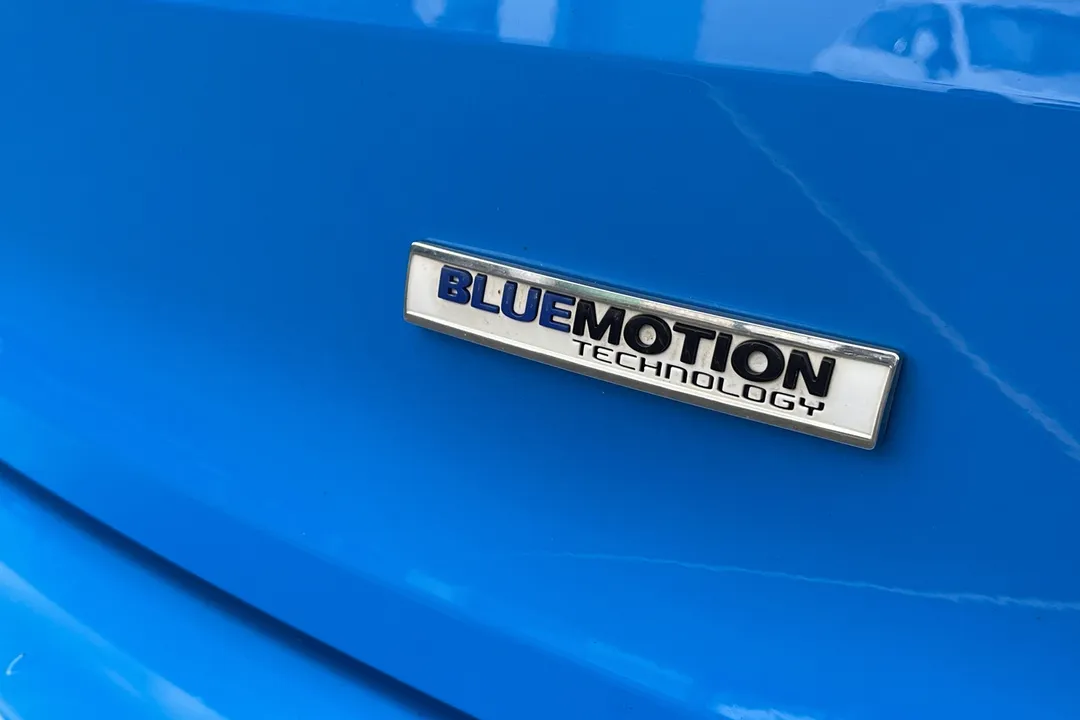
BlueMotion Technologies
Stop/Start Engine Systems
Before BlueMotion, when vehicles came to a halt, the engine would continue running. This meant that the car continued to burn fuel even when they weren’t moving, decreasing efficiency and creating exhaust pollution. VW’s stop/start technology, stopped the engine from ticking over when motorists came to a halt and reactivated it quickly once they needed to move again.
Brake Energy Recuperation
VW wanted a way of using the kinetic energy of their vehicles as drivers braked and feeding it back into the engine somehow. They used the concept of “engine braking” to turn the forward kinetic energy of the vehicle into an output that would power the alternator - the part of the car that charges the battery from the engine. They would then use the extra electricity from the battery to reduce the load on the engine, improving overall mileage
Low Rolling Resistance Tyres
Low rolling resistance tyres work by using a combination of unique compounds and treads to reduce the rolling resistance coefficient - the rolling resistance force divided by the load on the wheel. When the rubber makes contact with the ground, it generates less friction, decreasing energy loss. In 2014, VW announced that it was able to reduce the rolling resistance on 205/55 R16 91 Q tyres by 10% per cent.
Aerodynamic styling
BlueMotion made a series of aerodynamic improvements to standard VW car chassis to reduce the amount of drag that they generated. Improvements included lowering the suspension, improving grills and bumpers, and adding spoilers. Upgrades also focused on improving the situation under the car - an area where airflow patterns can increase resistance. Engineers tightened panel gaps and even added skirts.
Turbocharging
The use of turbocharged engines as part of the Volkswagen BlueMotion technologies package is designed to deliver increased power only when you need it and a less powerful, less fuel intensive engine when you don’t.
Engine Improvements
VW made improvements that would reduce the production of nitrogen oxides (NOx). particles that are bad for human health and the environment. To do this, they improved their diesel particulate filters which work by using filtration methods to capture large exhaust particles that would otherwise escape from the engine. They also started using better oxidising catalytic converters.
Enhanced Gearbox Ratios
VW, noticed that it could improve on the efficiency of its standard TDI engine gearboxes by making the last two ratios longer. It was a slight trade-off: better energy consumption in exchange for slightly decreased performance at higher speeds.
Is BlueMotion Worth The Extra Expense?
In an attempt to market BlueMotion to the public, VW set out to break the world record for the longest distance driven by a regular production vehicle on a single tank of fuel. In 2011, the automaker shipped a Passat 1.6 TDI BlueMotion to an event in Croatia organised by Auto Motor i Sport to see whether it could break the world record. Incredibly, the combination of new technologies succeeded.
The vehicle, driven by Croatians Marko Tomac and Ivan Cvetkovic went 1581.88 miles. It averaged 91.71 miles per gallon, before finally running out of fuel, earning itself a place in the Guinness World Records.
The Golf BlueMotion, for instance, could achieve an incredible 88.3 mpg under the right driving conditions, doubling the efficiency of the standard model. But whether it was worth it to consumers remained unclear. The savings you could make on fuel seemed dwarfed by extra you paid for the vehicles upfront.
By contrast, the BlueMotion Technologies (BMT) package appeared to be a much better deal. Customers buying VWs could expect to pay just a few hundred pounds extra and get a much more fuel-efficient vehicle in return. The upgrade might pay for itself in as little as a couple of years, offering drivers substantial savings from that point forward.
VW claimed that the BMT package on the Up reduced CO2 emissions from 105 g/km on the standard model to 98 g/km on the upgraded version, helping customers duck below the threshold.
The company planned to advertise the fuel efficiency of the BMT Passat by talking about how few times customers would have to visit the petrol station to keep the car topped up. A full 70-litre Passat tank would go 1,350 km, meaning that the average driver travelling 15,000 miles per year would only need to refuel eleven times per year.
BlueMotion no longer exists as a package you can buy on new cars. But for second-hand buyers, it represents excellent value. Vehicles with this moniker carry a small premium over standard versions. Still, they come with a host of impressive benefits that both improve the quality of the environment and cut the cost of motoring.
Models With BlueMotion Technology
Cars with BlueMotion Technology first hit the scene in 2006 with the introduction of the Polo Mark IV. At first, the company was dabbling in what was possible, and what its customers would want and marketed BMT as an extra-cost option.
Most VW models built after 2010 featured some elements of BMT technology. However it didn’t make sense for VW to have one factory line producing conventional vehicles, and another churning out BlueMotion parts. They then chose to transition all compatible cars over to the technology.
If you’re in the market for a VW with BMT and aren’t sure whether the model you want has it, you can always contact the dealer to get the car’s exact specifications. This information will tell you whether the vehicle has BlueMotion technology or not - and precisely the efficiency improvements that it offers.
Will BlueMotion save me money?
As with many things fuel related, the answer is in the number of miles you cover annually. If you’re a low mileage driver or even an average mileage driver, the sums may not add up to you saving money, though you will be using less fuel and helping the planet.
This changes if you’re a high mileage driver, when the chances are BlueMotion will save you money. However many miles you cover, BlueMotion will mean you spend less time standing on a garage forecourt filling your car up, which with our usual weather, means less time standing in the wind and rain!
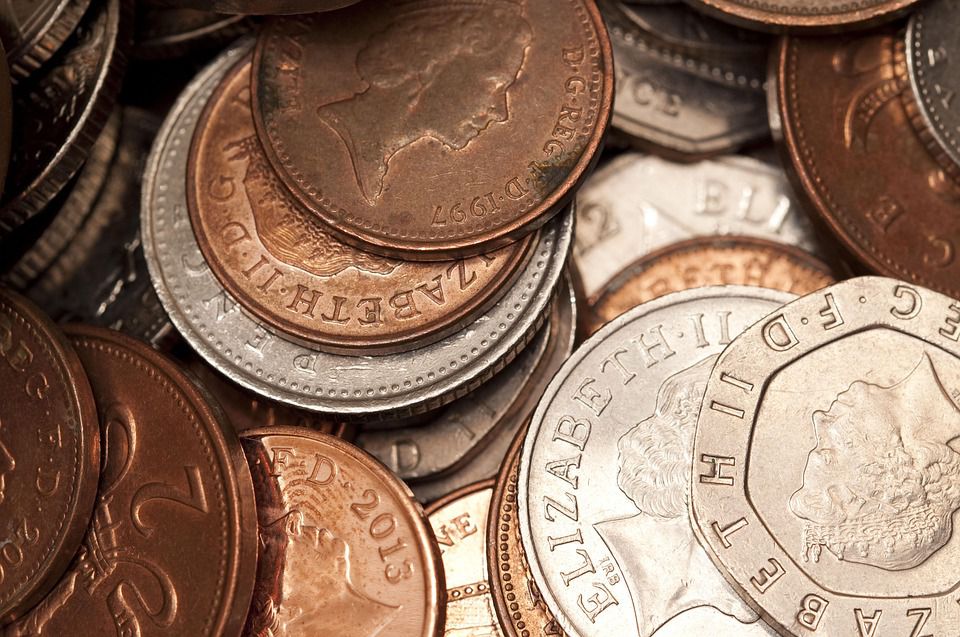
True BlueMotion Models
True BlueMotion Models first emerged at the Frankfurt motor show in September 2009 and launched in the UK in the following year. VW continued the branding over several generations of Passat, Polo and Golf.
The BlueMotion models all had efficient diesel engines with stop-start technology, low rolling-resistance tyres and unique exterior styling. In terms of the rest of their components, they were similarly specced to VW’s regular entry-level S models.
At the time, VW described its BlueMotion vehicles as the “pinnacle of what is currently feasible.” The automaker believed that it had come up with a compelling set of measures to reduce the world’s reliance on fossil fuels and reduce CO2 emissions.
These new vehicles were in addition to the 44 or so BlueMotion Technology models VW offered for sale by the end of 2020.
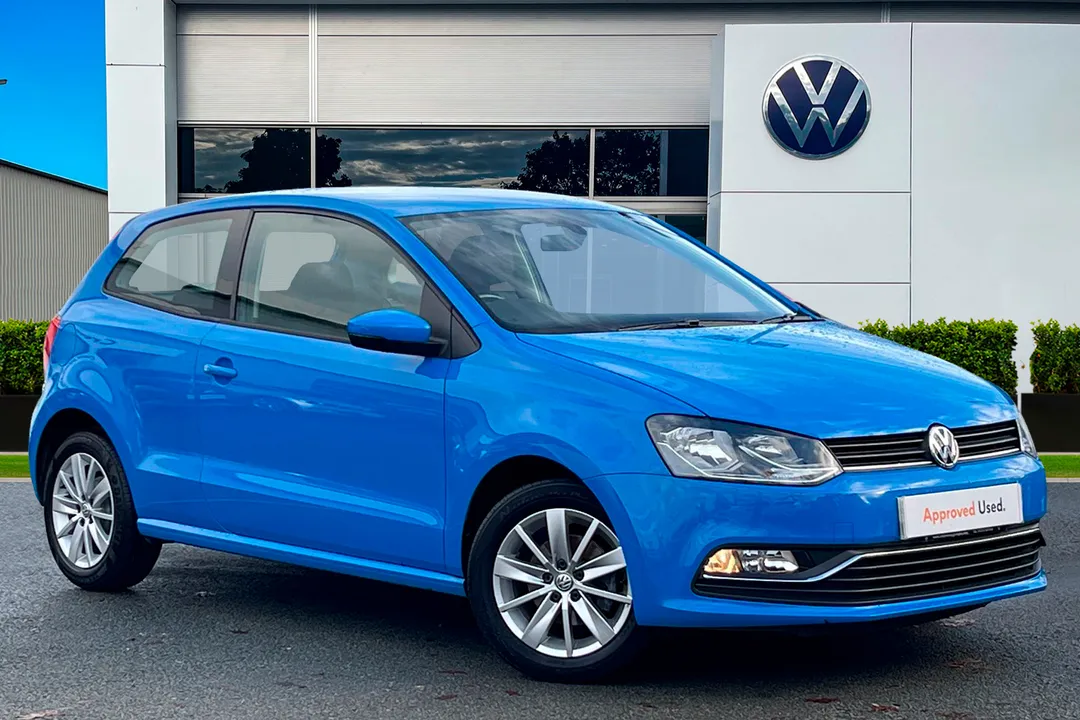
Polo BlueMotion
VW’s testing claimed that the Polo BlueMotion was the cleanest fossil-fuel car on the sale in the world. But because it had to reroute the exhaust system for right-hand drive in the UK, the British version lost efficiency. Even so, the 1.2-litre engine delivered 83.1 mpg and 90g/km CO2 - an awe-inspiring statistics for the time. The performance took a bit of a hit because of the changes to the engine and gear ratios, hampering driveability, but VW was targeting the efficiency market, not performance
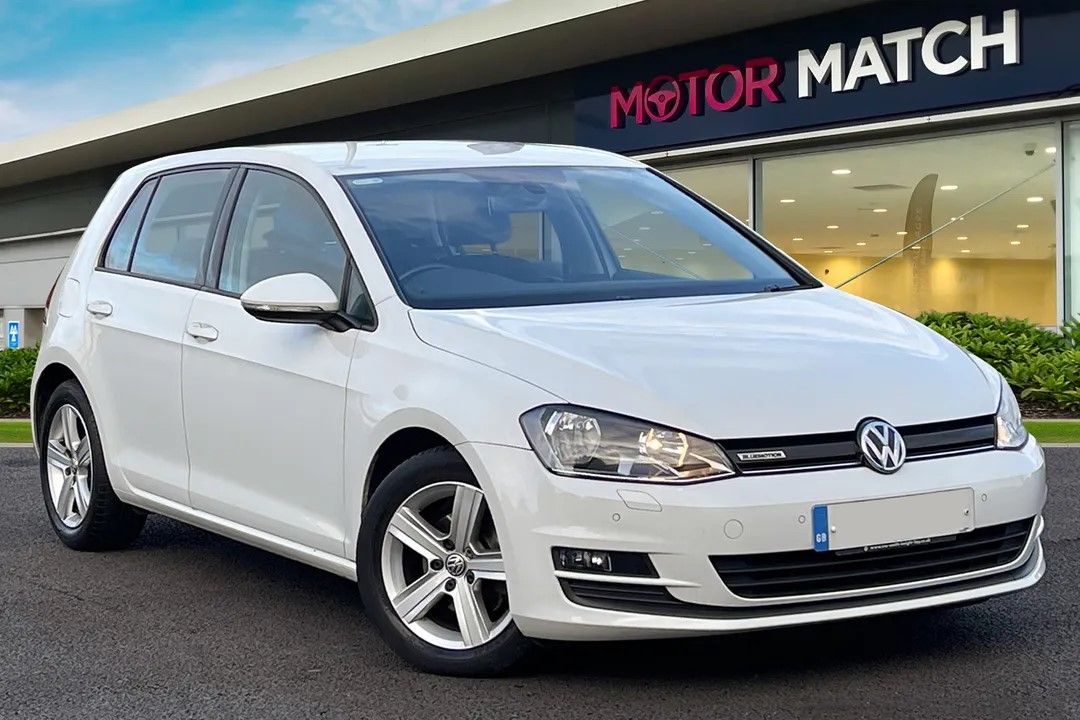
Golf BlueMotion
The Golf BlueMotion had a 1.6-litre engine that it shared with the Passat. It was capable of delivering an official fuel economy of 74.3 mpg, producing just 99g/km CO2. Just like the Polo, the vehicle suffered some of the driveability compromises, but they weren’t as severe. What’s more, drivers could look forward to much cheaper motoring. The car produced 104 bhp, which wasn’t bad. And it also featured VW’s long gearing, designed to reduce fuel consumption while accelerating and maintaining cruising speed.
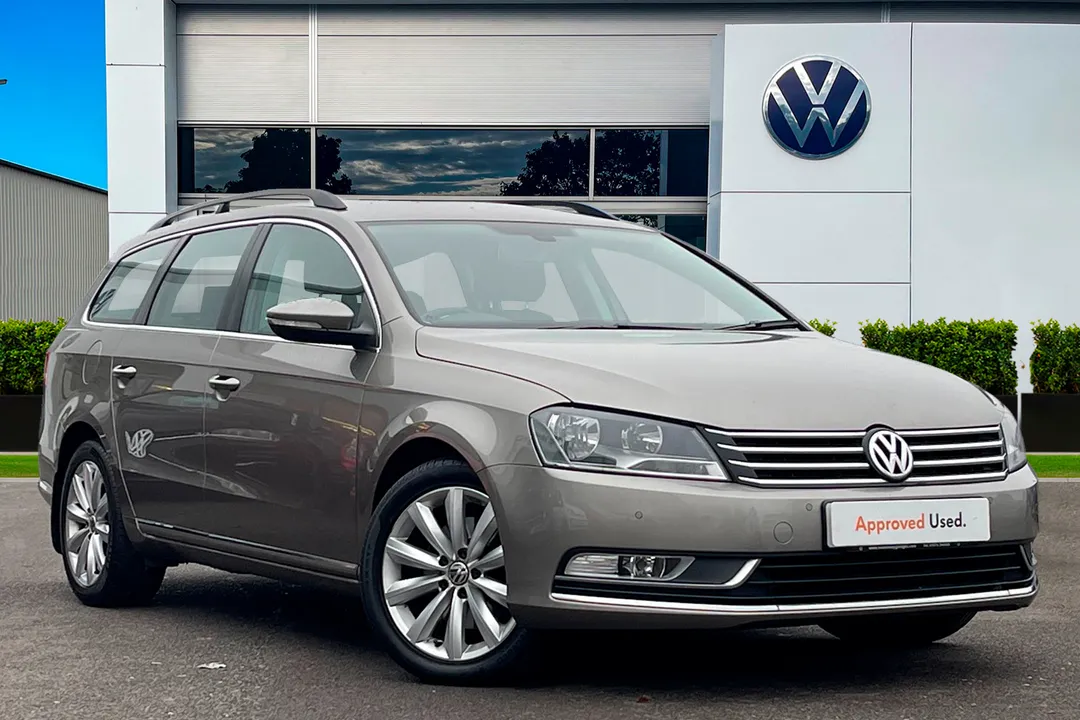
Passat BlueMotion
The Passat BlueMotion was able to achieve 64.2 mpg, allowing it to outperform practically all saloon cars of the era. The estate version offered almost identical performance characteristics.
